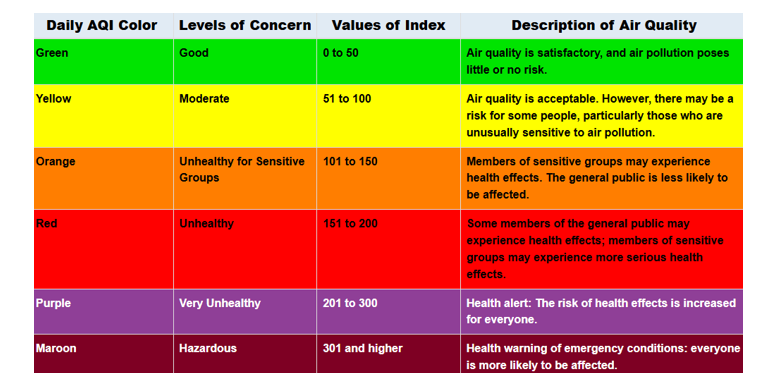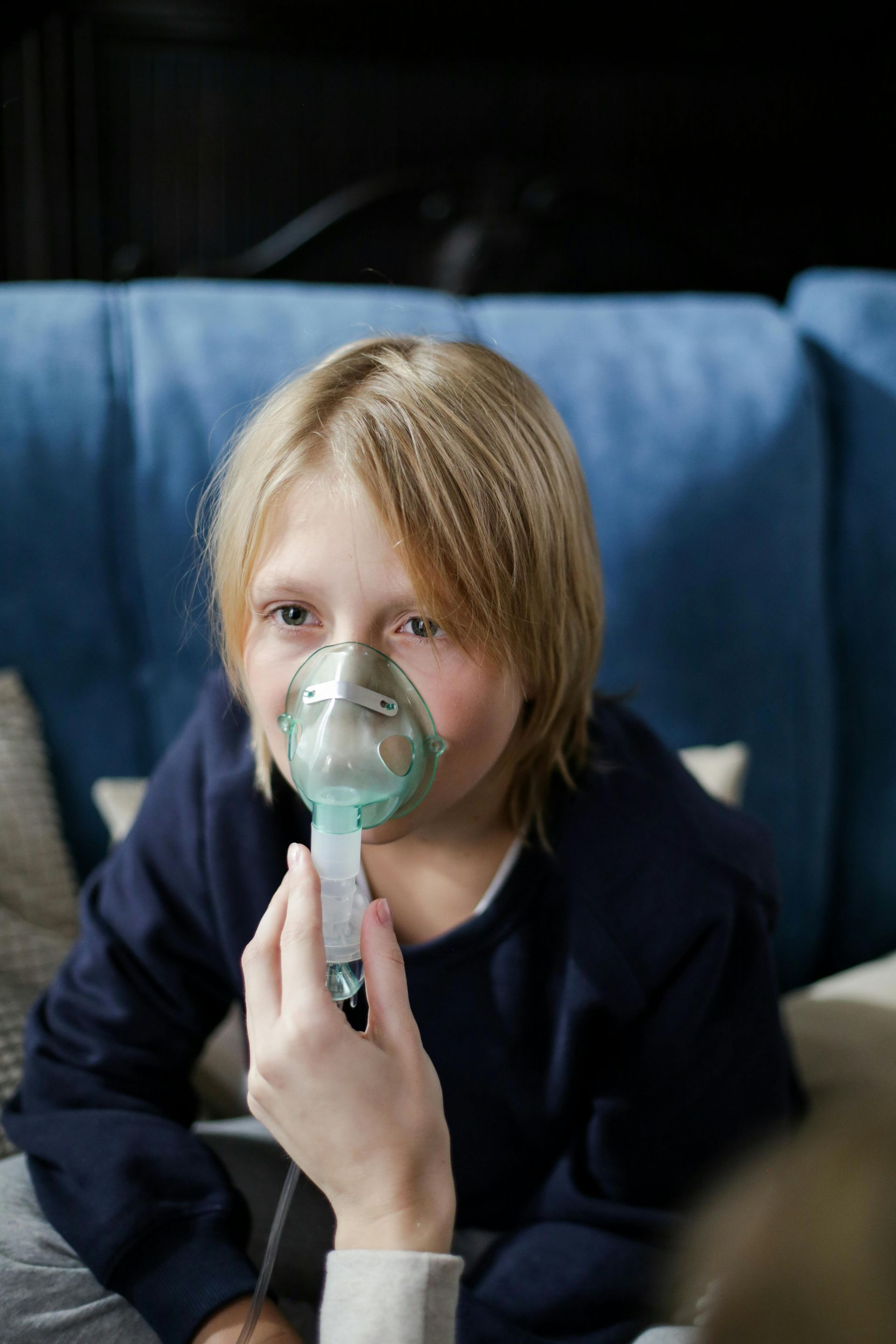FEATURED ARTICLES
Asthma & Ozone (or Knozone)

Asthma affects around 25 million Americans and approximately 5.5 million children- MILLION! Having an asthma attack due to allergies and air quality should be on everyone’s mind, especially since we know that children are less likely than adults to recognize early asthma symptoms. Terms who have likely heard such as “ozone days” or “air quality days” don’t say a whole lot…or do they? And what are some common asthma triggers from the great outdoors?
Asthma may be triggered by the temperature, humidity, pollen count, air pollution, wind, and stormy weather. Other environmental triggers may include smoke from grilling or fires (wildfire smoke can travel hundreds of miles) and even pool/spa chemicals. Some of these triggers such as air pollution commonly peak during the warmer months just when many of us spend more time outdoors.
But how do they cause problems? Well, when tiny particles become airborne, we are susceptible to inhaling them. Our body has some natural defenses such as the hair and first layer of the inner nose. The nose also acts as a humidifier to improve the exchange of air in our lungs. Then we have a cough reflex to expell the buildup of mucus produced by our body when called into action. In fact, mucus production is one of the mechanisms asthma affects directly. Still, a high concentration of very small air contaminants or pollutants can reach our lungs, and this happens everyday to all of us. But a person with asthma cannot tolerate it as much as a person with no chronic lung disease.
We’ve all been in a car ride behind that diesel truck that you suddenly smell inside your own vehicle. We might cough a bit, breath a little more shallow a few times before our vehicles separate. We forget about that truck after a few minutes. Imagine someone with asthma who cannot recover so quickly, possbily lasting minutes to hours or until using their rescue inhaler. Many times an asthma attack is not from one single trigger though. It’s a combination of that “perfect storm”: hot/humid weather, high pollen count, physical exertion such as swimming, while all of this taking place near a busy traffic area full of smog. And that’s where the “ozone” effect can happen. Ozone occurs naturally in much higher levels of the atmosphere- and we need it there! But increasing gasses that contribute around the atmosphere level where we breathe is not so good. It also contributes to that hazy look aournd large cities on some days. The extra fossil fuel use and engine emmissions around these concentrated areas can cause irritation to the airway and lungs.
So how can I tell if it’s a bad day to be outside, especially if you have asthma? Just looking at the smog of a city skyline is not very reliable. Consider a few great resources at your fingertips. TV/ news stations usually report on several triggers you can monitor: pollen counts, UV index, and air quality. Follow an app on your phone of your favorite local news station. Another great resource is from the EPA (www.airnow.gov), which reports on real-time pollution levels with the Air Quality Index value (AQI). Generally speaking, a person with asthma can be affected with AQI level above 50 (may need to modify outdoor activity). A level above 100 is considered unhealthy for those with asthma (may need to avoid outdoor activity).
What else can I do about outdoor activity now that I know the air quality…the Knozone? Everyone can benefit from these tips, but those with asthma should be extra cautious:
- Limit outdoor activity during peak hours of 11am to 8pm when air quality may be at its worse
- Avoid or modify outdoor exercise/strenuous activity to be less stressful on the body
- Utilize air conditioned areas to improve the natural breathing process in the lungs
- Stay on top of your allergies with medication under the direction of a medical professional
- Follow your Asthma Action Plan and always have your rescue inhaler with you.
So many millions of Americans have asthma, and it’s a big research topic too. Consider joining our list of asthma research studies…check out our CURRENT + UPCOMING STUDIES above!















